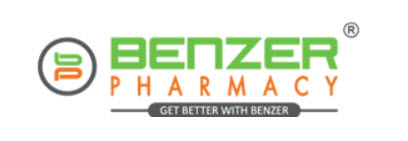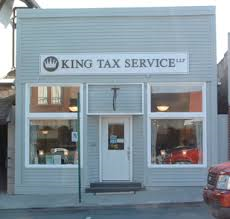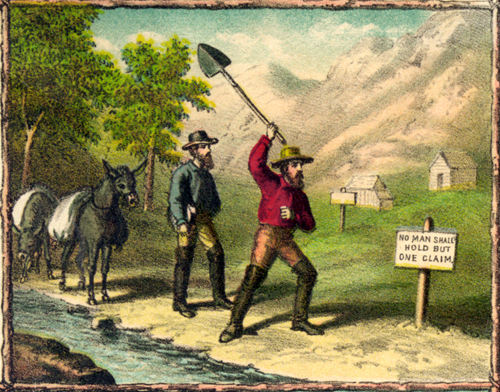Branding. Where To Start.
I am flagged as someone who answers questions about branding on Quora. Most questions are from tyro branders. “How important is brand marketing? How can I promote a Balsami rice in a local market? When an interesting question comes up, I jump. I love furthering the science of brand strategy. It’s a most human science.
The first thing I tell everyone is: Branding begins with the product. A good product will sell. A bad product will not repeat sell. An average product may sell. Everything about branding starts with the product. Songs, color, ad budgets, and market share do not build a brand. Good products, promoted in an organized way, do.
Just as amino acids are the building blocks of protein and muscle, brand strategy provides building blocks for successful brands. Finding a product’s best features and most desired features is the brand strategist’s way forward. If you can’t find the best, most desired features, you are working on a bad product. Fix the product. Period. Re-cut the bait. Find new bait. Don’t mess with a bad product.
Peace.










